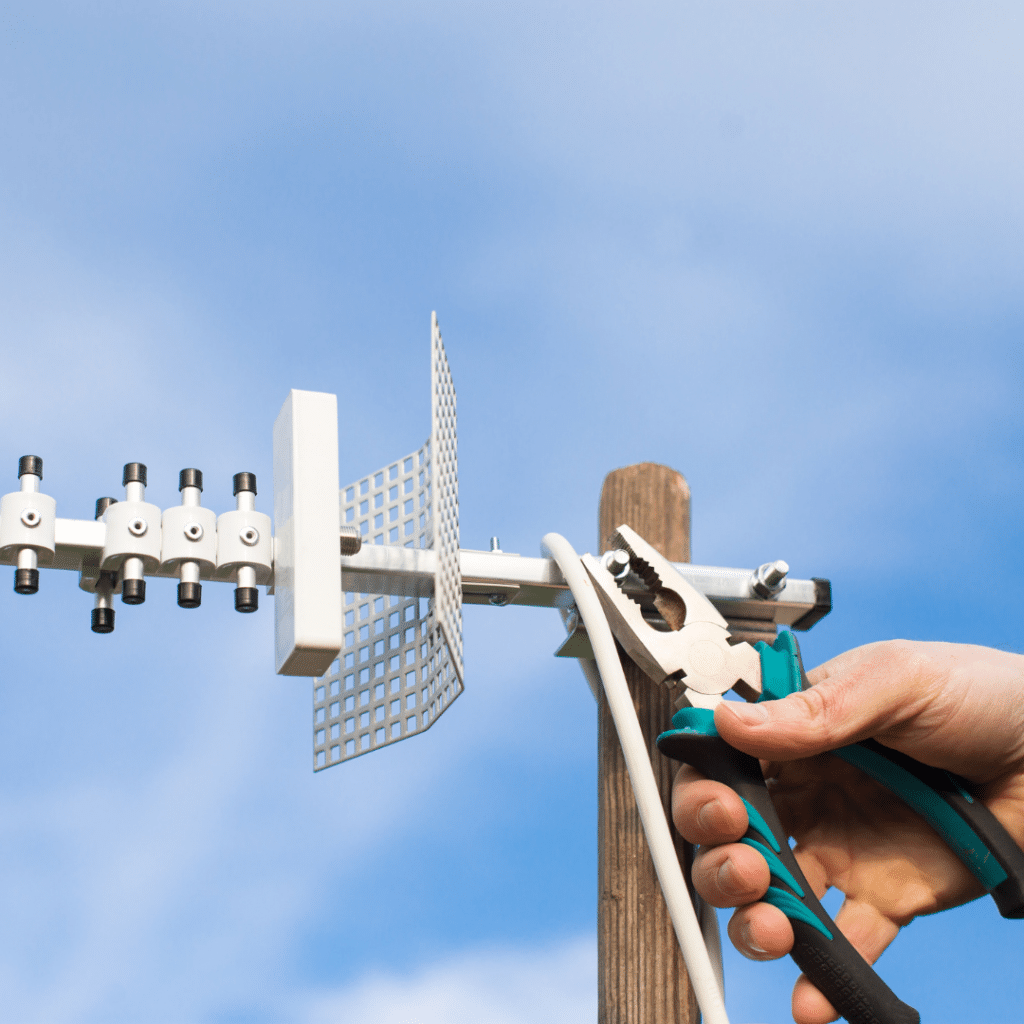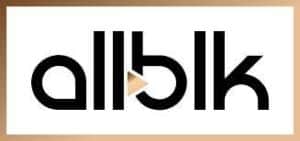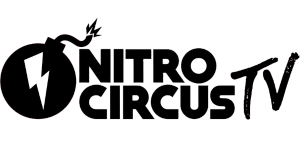TV lovers who live in the suburbs or beyond will likely need larger outdoor TV antennas to ensure a solid Over-the-Air signal. These types of antennas are usually mounted on the roof or in the attic of your home. However, not all of us have the physical ability to get up on the roof, the proper tools, or the know-how to install a TV antenna without damaging the roof itself. That’s where a professional Over-the-Air TV antenna installer comes in.
Keep reading to learn more about locating and choosing a professional TV antenna installer in your area.

How Do I Find a Local Over-the-Air TV Antenna Installer?

The surging interest in receiving free TV with an Over-the-Air antenna has kept local installers busy over the last few years.
Most major cities will have at least one business that will either specialize specifically in Over-the-Air antenna installation, or perhaps in installations of antennas and towers for various uses including cellular and internet technology.
Professional audio/visual or home theater installers may also provide this service, along with setting up streaming devices and Over-the-Air DVRs.
Finding these businesses is as simple as a Google search. Try typing in “TV antenna installer in *your area*”.
For example, typing in “TV antenna installer in Bethlehem, Pennsylvania” will get you everyone’s favorite YouTube antenna expert Tyler the Antenna Man.
(NOTE – Tyler isn’t doing TV antenna installations at the moment, but will do online consultations for those who don’t mind DIY-ing but would like some expert advice.)
You can also check sites like Home Advisor and Angi (formerly Angie’s List).
Notice some of your neighbors have an outdoor TV antenna? Ask them who they used or post on your local Facebook or NextDoor group to seek a referral.
How Do I Choose a Good TV Antenna Installer?

Because availability Over-the-Air signals varies greatly depending on your location, dealing with someone who has experience installing TV antennas in your neighborhood is helpful.
Based on your address, professional installers should have a good idea of the type of antenna you’ll need and the direction it should be pointed to receive your favorite channels.
They should also be aware of any line-of-sight issues or sources of interference that could affect your ability to pull in local stations. They can even recommend antenna accessories and things like Over-the-Air DVRs to enhance your setup.
Kevin from Dallas Antenna says consumers should ask potential installers how they align antennas and about the brands of antennas/parts they use.
He says quality installers will use a signal meter vs. just a simple compass for optimizing antenna alignment and use products from reputable vendors like Antennas Direct, Channel Master, Winegard and Antronix.
Why Not Ask Dish?

Over the last few years, Dish has gotten into the Over-the-Air TV antenna installation game.
Unfortunately, the reviews have been mixed.
Dish uses a single type/brand of antenna for all installations regardless of your specific requirements. They may also require the TV antenna be installed on an existing satellite mount instead of the roof, even if that’s not the ideal location for reception.
And if something goes wrong or you have questions down the road, you’ll have to deal with Dish directly instead of the subcontractor doing the work.
Do you have a local antenna installer to recommend? Share their contact info and details about your experience on the Tablo Community forum.
Liked this post?
Check out these tools and posts on Over-the-Air TV antennas, OTA signals and reception next:
- Tablo’s TV signal locator
- How to Avoid Getting Scammed When Buying a TV Antenna for Cord Cutting
- Tablo FAQs: What Is the Best Over-the-Air TV Antenna for Cord Cutters?
- How Your Location Impacts Your Over-the-Air TV Reception
- Top Sources of Obstruction & Interference That Can Impact Your Over-the-Air TV Reception
- Where to Place and How to Install Your Over-the-Air TV Antenna
- Why OTA Frequency Bands Matter for Cord Cutters with Antennas
- Getting Technical with Over-the-Air TV Reception
- Reusing Existing Infrastructure for OTA Antenna Connections
- How to Access OTA Signals from Multiple Directions
Updated June 22, 2021


















































































